Why your patients should know about the NKR

Cleveland Clinic is a non-profit academic medical center. Advertising on our site helps support our mission. We do not endorse non-Cleveland Clinic products or services. Policy
It took 26 hospitals and 2.5 months. But as of March 26, 2015, 35 people received kidneys from 35 donors in the largest kidney transplant chain to date in the United States. Cleveland Clinic surgeons removed or transplanted kidneys for four of the 70 participants.
A member center of the National Kidney Registry (NKR) since 2011, Cleveland Clinic has successfully transplanted 34 kidney recipients (and counting) through an NKR paired exchange or chain.
The NKR helps those waiting for a transplant swap a kidney from their willing but less compatible donor for a more compatible kidney from another donor. The less compatible kidney is then used to transplant a better matching recipient elsewhere. The exchange is a win for everyone.
Participants most often trade kidneys in pairs. However, occasionally, an altruistic (or non-directed) donor will set off a cascade of transplants, with each recipient required to have a partner donor willing to “pay it forward” by contributing a kidney to the chain.
Potential kidney recipients who register with the NKR through a member center have a better chance of finding a compatible donor more quickly. The more precise the HLA antigen match, the more likely the success of the graft.
Better donor-recipient matches have contributed to these improved outcomes reported by the NKR:
Cleveland Clinic is one of the top centers for transplants through the NKR, with 10 transplants in 2014 (six already in 2015). We were also one of the most successful centers in 2014, with 100 percent of NKR patients matched and transplanted. That achievement is partly due to careful selection of both donors and recipients who are ready for immediate transplant.
At Cleveland Clinic:
Through our living donor evaluation process, if we identify someone willing to start a chain by becoming an altruistic donor, we enter them individually on the NKR website. One altruistic donor can trigger from two to more than 30 transplants around the nation. In trade, at the end of the chain, we receive a donor kidney back for one of our patients.
More NKR paired exchanges will increase the percentage of living donor transplants, which have significantly higher success rates than deceased donor transplants. In addition, finding a living donor can shorten a patient’s time on the wait list. (Average wait time for a deceased donor kidney is currently three to five years.) Receiving a kidney from a living donor also frees deceased donor kidneys for others, making the wait list move faster.
At Cleveland Clinic, we immediately introduce NKR paired exchange when evaluating new patients and donors for kidney transplant. Almost any live donor-recipient pair should seek out paired exchange if they are incompatible (or only moderately compatible) but otherwise viable candidates for transplant.
The NKR’s paired exchange program helps unlock incompatibilities in other pairs and ultimately helps many patients. It’s a community effort. Also, any altruistic donor should consider starting a chain through the NKR in order to help as many patients as possible and expand the impact of his or her gift.
Dr. Flechner is a professor of surgery in the Kidney Transplant Program at Cleveland Clinic’s Glickman Urological & Kidney Institute.
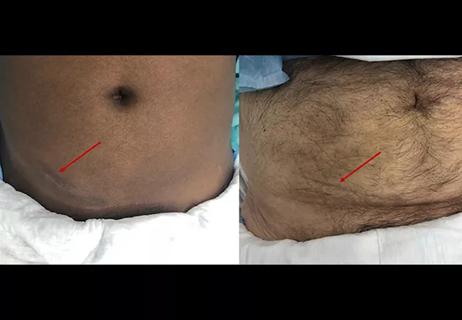
Smaller incision may lead to reduced postoperative pain for some patients
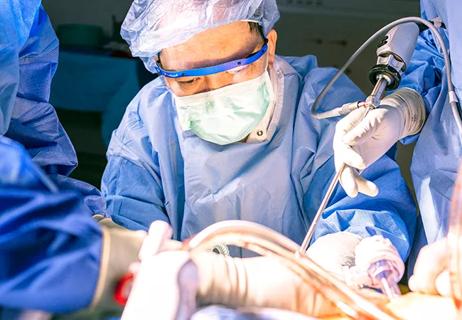
Improving access to lifesaving kidney transplant

The process could improve access and equity for patients with end-stage kidney disease

Video offers glimpse into technically challenging portion of the procedure
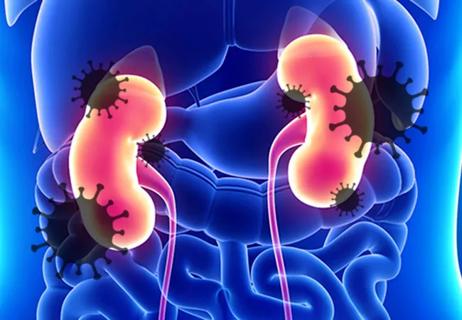
Infectious disease and kidney transplant specialists share key insights
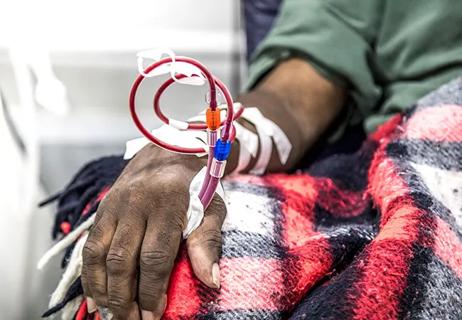
Demographic and social factors found to influence preemptive listing
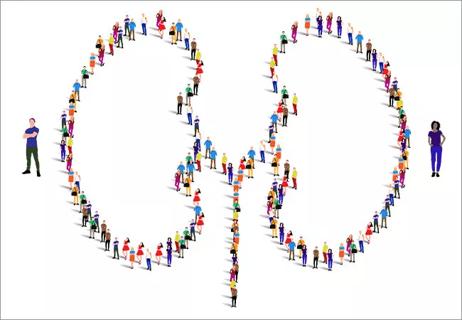
New interventions and policies haven’t increased wait-listing

Cleveland Clinic surgeons use single-incision robotic surgery to perform kidney transplant